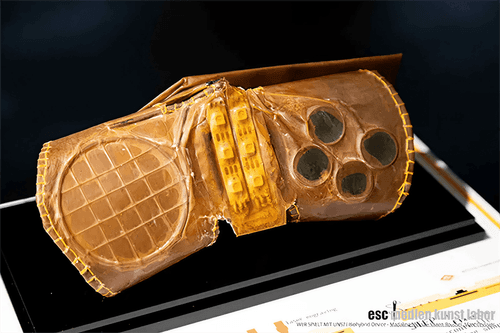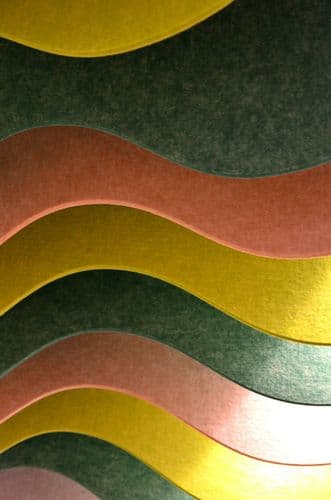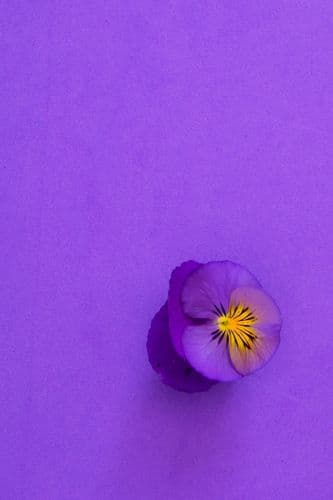Key Points
- Matterpieces turns inert construction and demolition waste (CDW) into premium cladding, offering two lines: standard (from general CDW via waste managers) and exclusive (project-specific, closed-loop material from a building’s own debris).
- Biggest hurdles: sector scepticism, securing the right partners, and rigorous on-site waste separation during demolition to unlock material quality.
- Process spans demolition planning, sorting, treatment, and upcycling—then returns as finishes in the same project or others, preserving a site’s “geological memory” and adding a narrative of circularity.
- Client reception is mixed but improving; rising sustainability awareness is nudging specifiers toward upcycled finishes despite initial caution.
- Outlook: regulatory pressure and advances in materials science will lift durability, consistency, and aesthetic range, broadening use cases and mainstreaming upcycled cladding.
Full interview with studio8
Matterpieces Project represents a significant innovation in the use of construction and demolition waste (CDW). What were the pivotal challenges studio8 faced while developing this material?
Developing Matterpieces presented several pivotal challenges that demanded our attention. Industry resistance emerged as a significant obstacle, requiring us to challenge rooted perceptions within the construction sector and advocate for a new approach to waste management and material production.
Finding the right partnerships was crucial; collaborating with organisations and individuals who shared our vision and could contribute expertise, resources, and support was/is essential for our brand. Waste separation during the demolition phase emerged as another major challenge, necessitating meticulous planning and efficient waste management practices to unlock the full potential of the materials at hand.
Our journey with Matterpieces is ongoing; like any innovative endeavour, it requires continuous learning and adaptation.
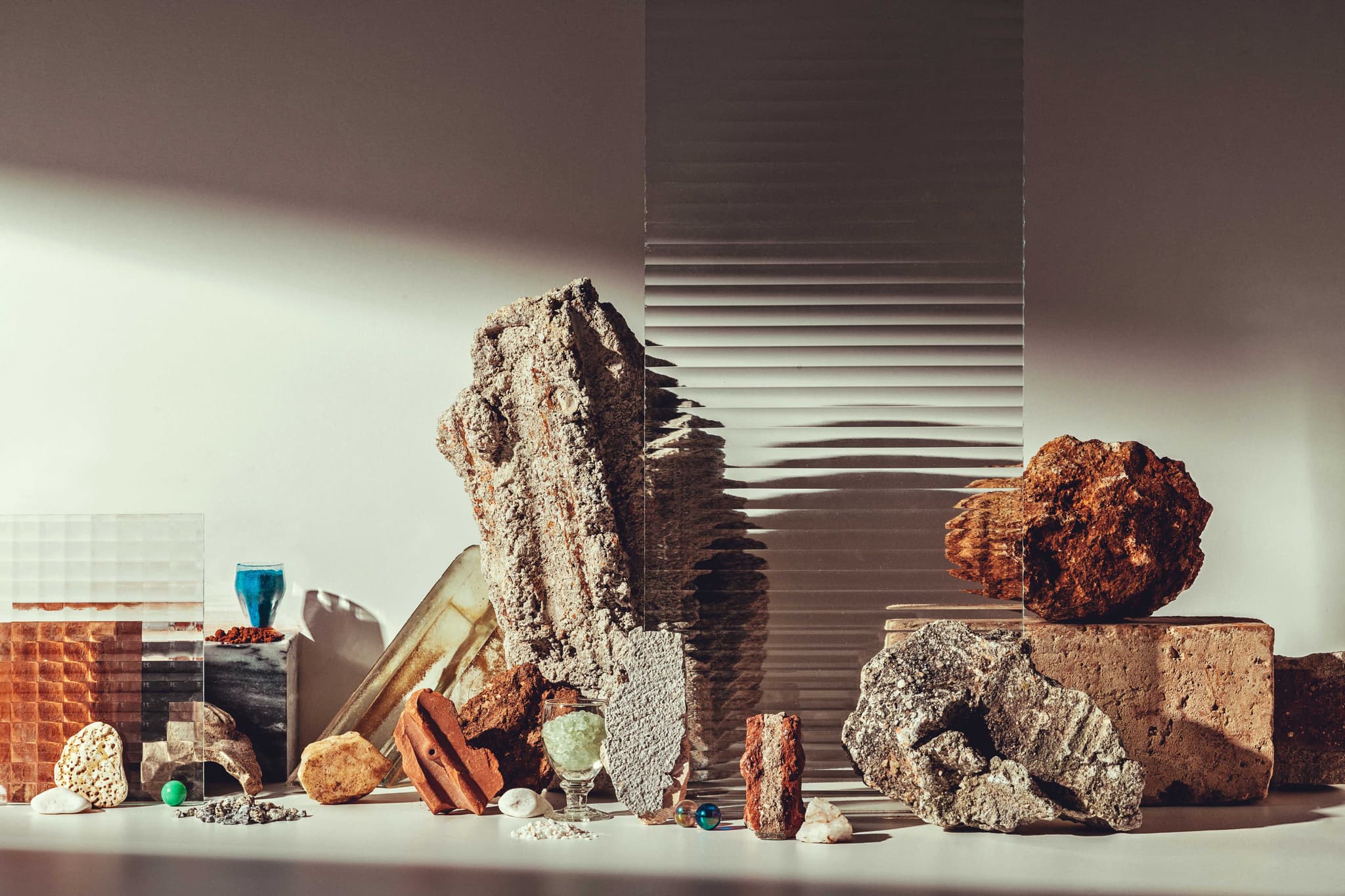
Could you describe the process and technology involved in transforming general CDW into Matterpieces standard and exclusive products?
Matterpieces are a strategy for construction circularity and a solution that reuses inert CDW through various processes, including demolition, waste separation, treatment, and upcycling. It transforms CDW into a new cladding material for architecture and interior design, reintegrating it into building lifecycles. It intervenes during demolition for better waste separation and in the finishing phase for cladding application.
Matterpieces provides two solutions to the market: Matterpieces standard and Matterpieces exclusive.
The first solution provides customers with cladding material upcycled from general CDW supplied by waste management companies, allowing us to increase our sustainability, business impact, and scalability.
The second solution provides a one-of-a-kind product and strategy: we create a unique product for a specific refurbishment project by upcycling demolition waste and designing a system that keeps the debris in a closed circle. In this case, we provide the customer with a circular strategy and one-of-a-kind material from the building's resources. We can customise the material to suit the final aesthetic, bringing uniqueness and sustainability to the architectural project. In this solution, a unique and exclusive product is created in collaboration with the client/architect, preserving the geological memory of the place and offering the client a story of circularity to tell. A story has the power to captivate and change mindsets.

In your experience, how receptive have studio8’s clients been to the idea of using upcycled materials like Matterpieces in their projects?
The reception to using upcycled materials like Matterpieces in projects has varied. While some clients have been receptive, viewing it as a novel and sustainable approach to construction and design, others have been more cautious, perhaps due to it being a relatively new concept in the market.
Additionally, some clients express reluctance or scepticism towards products derived from waste materials. However, as sustainability becomes increasingly prominent in public discourse, we witness a gradual shift in attitudes.
As people become more aware of environmental issues and the importance of sustainable practices, we anticipate that the market for upcycled materials will grow. This shift in mindset means that more clients will be open to exploring solutions like Matterpieces in their projects.
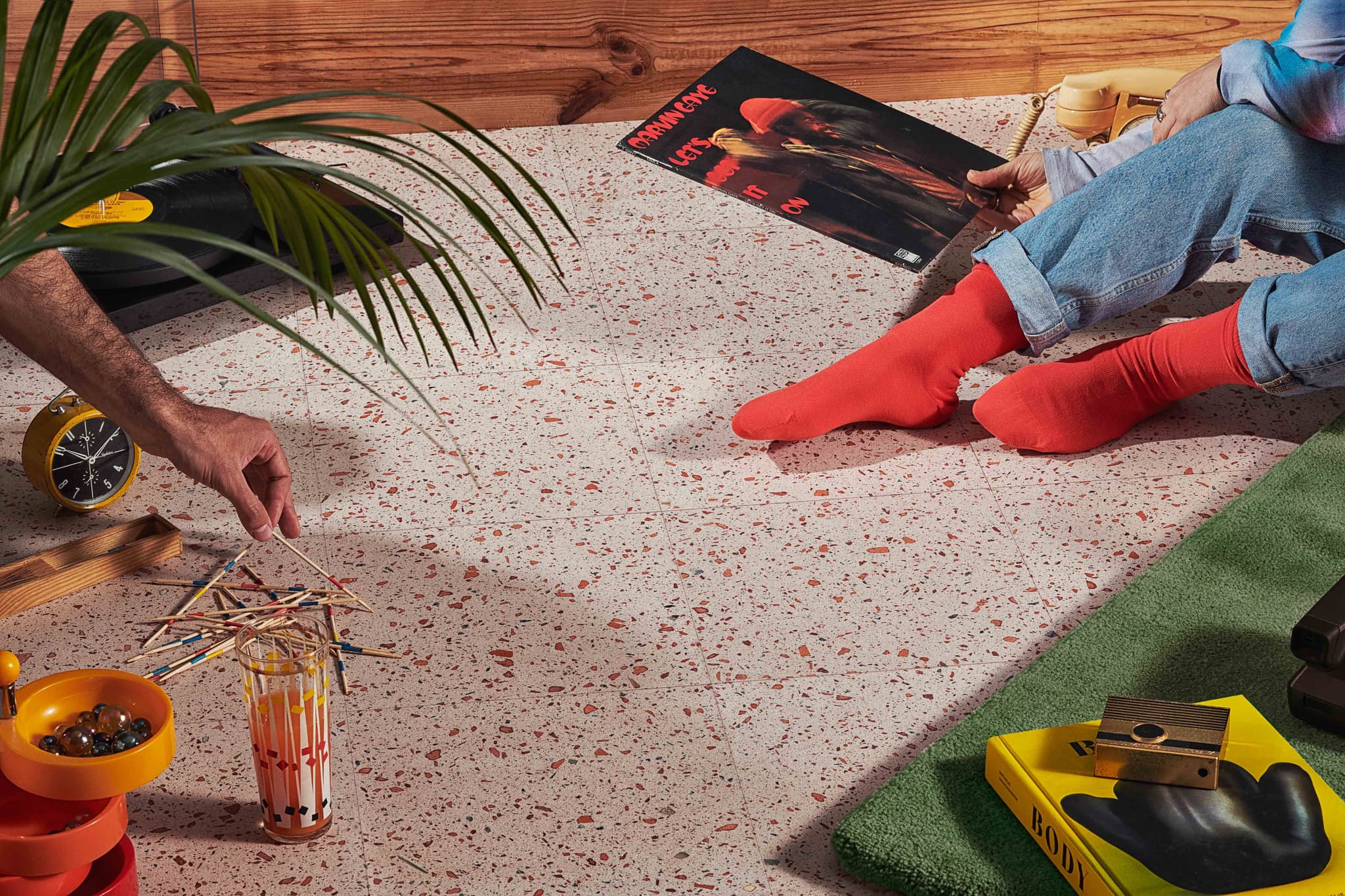
Considering the global push towards sustainability, how does studio8 see the future of construction materials evolving, particularly regarding upcycled products?
As awareness of environmental issues continues to rise, there is a growing emphasis on adopting sustainable practices across various industries, including construction and design. We anticipate an increasing demand for upcycled construction materials as more stakeholders recognise the benefits of using recycled and repurposed materials in their projects. This trend will be probably driven by factors such as regulatory requirements, consumer preferences for eco-friendly products, and the desire of businesses to demonstrate social responsibility.
Furthermore, as technologies and innovations in material science continue to advance, we expect to see further improvements in the quality, durability, and versatility of upcycled products. This will broaden the range of applications for these materials, making them viable alternatives to traditional construction materials.
About studio8
Patrícia Gomes, Master of Architecture from the Faculty of Architecture of the University of Minho (EAUM). Co-founder of studio8, in 2020, in Porto, a studio that develops a transdisciplinary practice that articulates architecture, design, and construction waste. Her work focuses on the appropriation and subversion of common building elements and techniques to create new circular practices. In 2013, she founded the Prosaico collective in Porto, which is dedicated to carrying out architectural, community, and social interventions in public space and participation methodologies. Between 2013-2019, she collaborated with the feld72 studio in Vienna, Austria, developing various architectural projects for co-housing and social housing, as well as practices related to the use and perception of public space.
Luís Lima, Master of Architecture from the Faculty of Architecture of the University of Minho (EAUM). Co-founder of studio8, in 2020, in Porto, a studio that develops a transdisciplinary practice that articulates architecture, design, and construction waste. His work focuses on the appropriation and subversion of common building elements and techniques to create new circular practices. In 2012, he collaborated with the Fahr 021.3 studio, participating in developing various practices, such as temporary architecture, installation, public art, exhibition design, and performance. In 2013, he founded the Prosaico collective in Porto, dedicated to carrying out architectural, community, and social interventions in public spaces and participation methodologies. He worked in several architecture studios in Vienna, Austria, for six years, specialising in residential and healthcare spaces.



